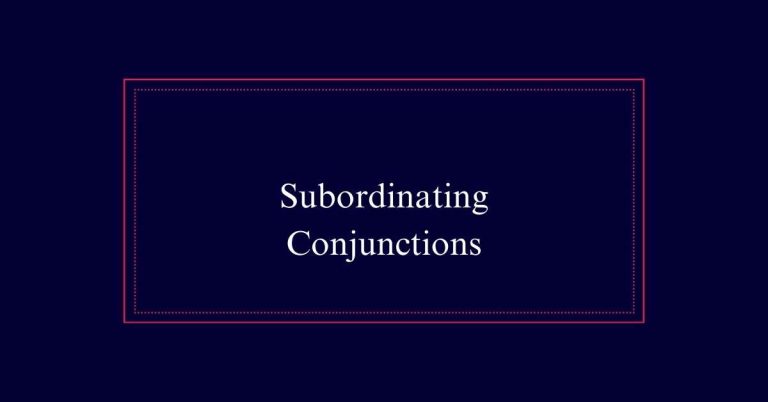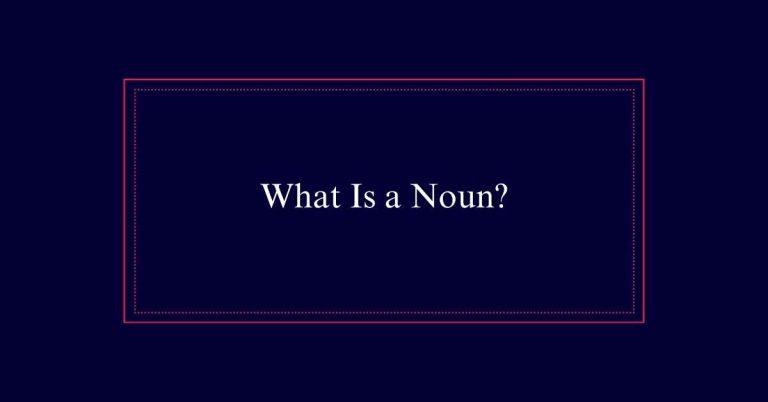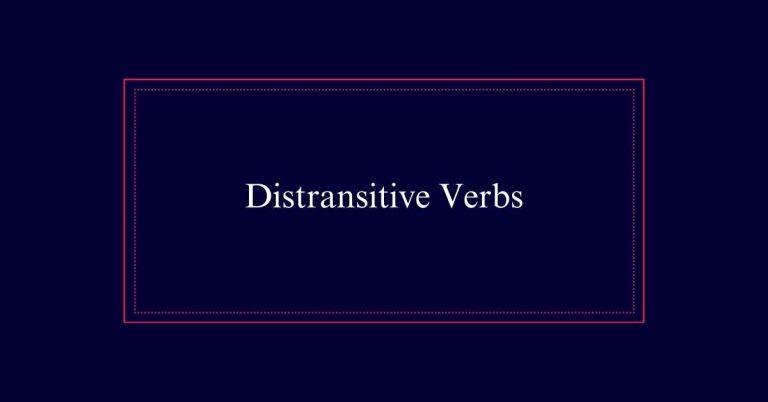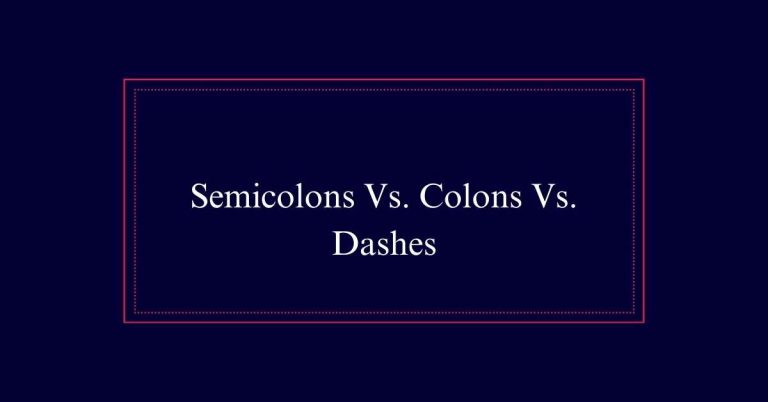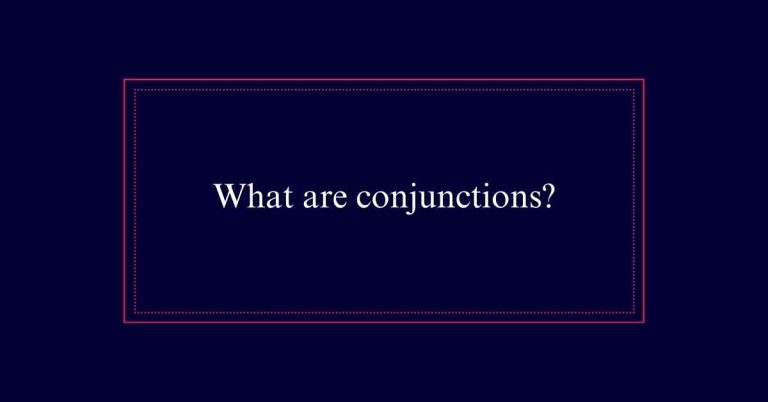Cases of Pronouns: Rules and Examples
Pronouns have different cases: subjective, objective, possessive, and reflexive. Subjective pronouns (I, he, they) act as the subject performing the action, e.g., “I have a chocolate bar.” Objective pronouns (me, him, them) receive the action, e.g., “She gave him a gift.” Possessive pronouns (my, hers, ours) show ownership, e.g., “The book is mine.” Reflexive pronouns (myself, themselves) indicate the subject and object are the same, e.g., “He prepared himself.”
Subjective Pronouns
Subjective pronouns are essential elements in sentences, acting as the subject that performs the action. These pronouns include I, you (singular), he, she, it, we, you (plural), they, and who. They are used to indicate who or what is doing the action described by the verb.
For instance, in the sentence ‘I have a book,’ the pronoun ‘I’ is the subject doing the action of having. Similarly, in ‘They are going to the park,’ ‘they’ indicates the group performing the action of going.
Subjective pronouns are fundamental in constructing clear and grammatically correct sentences, ensuring the subject is properly identified and understood by the reader.
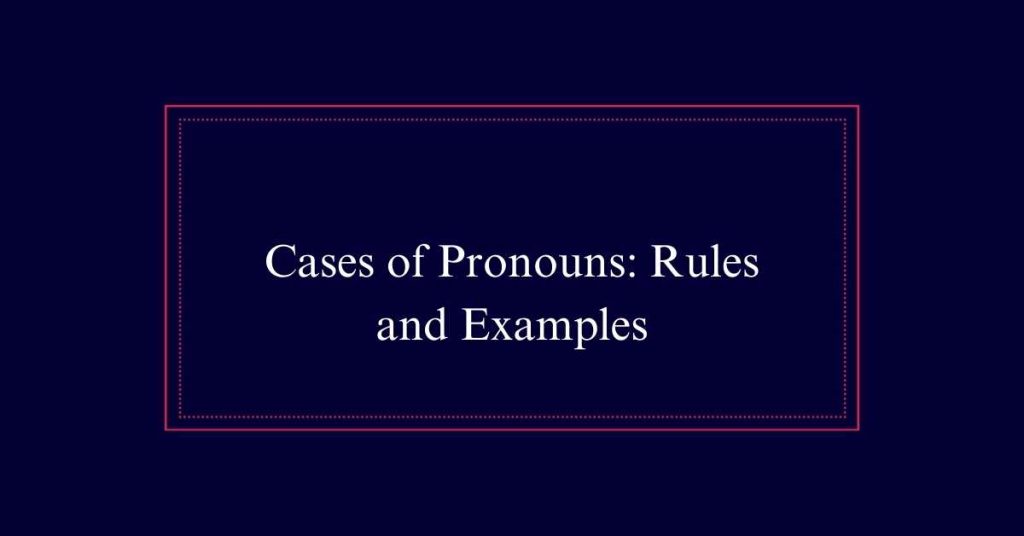
Examples of Subjective Pronouns
Pronouns like ‘I,’ ‘you,’ ‘he,’ ‘she,’ ‘it,’ ‘we,’ ‘you (plural),’ and ‘they’ serve as the subjects in sentences, performing the action described by the verb. These subjective pronouns are essential in constructing clear and concise sentences.
Here are some examples:
- ‘I’: ‘I have a big chocolate bar.’
- ‘He’: ‘He has a cake.’
- ‘They’: ‘They are going to the park.’
These pronouns replace the noun that acts as the subject, making sentences less repetitive and more fluid. Each pronoun corresponds to different persons and numbers, fitting seamlessly into various contexts.
Objective Pronouns
Objective pronouns are used when the action of the verb is directed toward someone or something. These pronouns include me, you (singular), him, her, it, us, you (plural), them, and whom. They serve as the object of the verb in a sentence.
For instance, in the sentence ‘She handed it to him,’ ‘it’ and ‘him’ are objective pronouns receiving the action of the verb ‘handed.’ Objective pronouns can also follow prepositions. For example, ‘The gift is for you.’ Here, ‘you’ follows the preposition ‘for.’
Examples of Objective Pronouns
To illustrate the use of objective pronouns, consider the sentence: ‘She handed the book to him.’ Objective pronouns receive the action in a sentence. They are me, you, him, her, it, us, and them.
Here are a few examples to clarify their usage:
- Direct Object: ‘The teacher called me after class.’ In this sentence, ‘me’ is the direct object receiving the action of the verb ‘called.’
- Indirect Object: ‘She gave him a gift.’ Here, ‘him’ is the indirect object receiving the gift.
- Object of a Preposition: ‘The cat sat next to them.’ In this case, ‘them’ is the object of the preposition ‘next to.
Possessive Pronouns
Possessive pronouns show ownership and come in two forms: those used with nouns and those used independently. When used with nouns, possessive pronouns include my, your, his, her, its, our, and their. For example, ‘That’s my book’ or ‘Their car is parked outside.’ These pronouns modify the noun that follows them.
Independent possessive pronouns stand alone without a noun. These include mine, yours, his, hers, ours, and theirs. For instance, ‘The house is mine’ or ‘The responsibility is theirs.’ These pronouns replace the noun entirely.
Both forms clearly indicate possession or ownership, making sentences concise and avoiding repetition.
Types of Possessive Pronouns
Possessive pronouns are divided into two types: those that modify nouns and those that stand alone. The first type, used with nouns, includes my, your, his, her, its, their, and our. These pronouns directly precede nouns to show ownership, as in ‘my book.’
The second type stands alone and includes mine, yours, his, hers, ours, and theirs. These pronouns do not need a noun following them, as they already imply possession.
Examples include:
- Noun-modifying possessive pronouns:
- ‘her car,’
- ‘our house,’
- ‘their idea.’
- Independent possessive pronouns:
- ‘The book is mine,’
- ‘The keys are yours,’
- ‘The cat is hers.’
- These pronouns help avoid redundancy and make sentences clearer.
Demonstrative Pronouns
Shifting our focus from possessive pronouns, we now explore demonstrative pronouns. Demonstrative pronouns include ‘this,’ ‘that,’ ‘these,’ and ‘those.’ They are used to point to specific items. This helps to identify and differentiate objects or people within the context.
| Pronoun | Singular | Plural |
|---|---|---|
| Near | this | these |
| Far | that | those |
Demonstrative pronouns are essential for clarity in communication. For instance, ‘this’ and ‘these’ refer to objects that are close in distance or time. Conversely, ‘that’ and ‘those’ indicate items that are further away.
Examples of Demonstrative Pronouns
Demonstrative pronouns, such as ‘this,’ ‘that,’ ‘these,’ and ‘those,’ help specify particular items in conversation. They are essential for identifying specific nouns based on their proximity to the speaker.
Here are three examples to illustrate their usage:
Proximity and Number:
‘This’ and ‘these’ refer to items close to the speaker, while ‘that’ and ‘those’ refer to items farther away.
- Example:
‘This is my book,’ versus ‘That is your book.’
Identification:
They help pinpoint specific objects or people.
- Example:
‘These are my friends,’ versus ‘Those are my colleagues.’
Clarification:
They aid in distinguishing between multiple items.
- Example:
‘I prefer these shoes,’ versus ‘I do not like those shoes.’
Reflexive Pronouns
Reflexive pronouns, such as ‘myself’ and ‘themselves,’ are used when the subject and object of a sentence are the same. These pronouns end in -self or -selves. They are crucial in sentences where the action performed by the subject is reflected back onto the subject.
For instance, if someone performs an action on themselves, a reflexive pronoun is necessary. Reflexive pronouns also add emphasis to the action of the subject. They can clarify that the subject performed the action alone or for their own benefit.
Reflexive pronouns must agree with their antecedents in both number and gender to guarantee clarity and grammatical correctness. Proper usage enhances the coherence and precision of communication.
Examples of Reflexive Pronouns
Examples of reflexive pronouns such as ‘myself,’ ‘yourself,’ and ‘themselves’ illustrate their function in sentences where the subject and object are the same. Reflexive pronouns are essential for indicating that the action performed by the subject is also received by the same subject.
Here are a few examples to demonstrate their use:
- He prepared himself for the interview: The subject ‘he’ and the object ‘himself’ refer to the same person.
- She taught herself to play the piano: ‘She’ is both the subject performing the action and the object receiving it.
- They congratulated themselves on their success: ‘They’ is the subject, and ‘themselves’ is the object, indicating mutual action.

